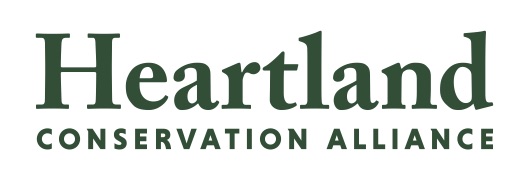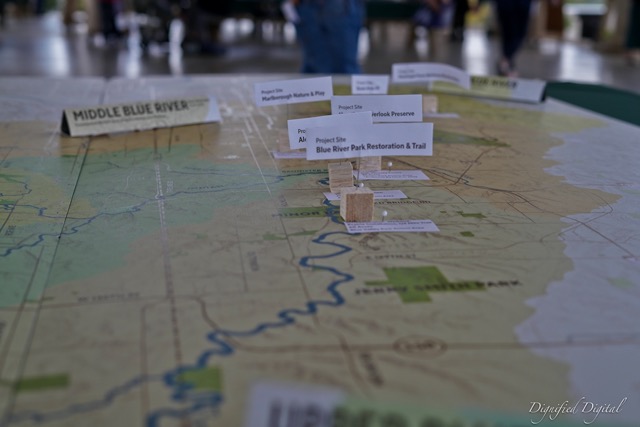The Blue River
Action Plan
The Blue River Action Plan is a culmination of decades of efforts from various regional plans including initiatives such as the Mid-America Regional Council’s MetroGreen Plan, KC Water’s Combined Sewer Overflow Plan, the Upper Blue River Watershed Plan, and Kansas City WildLands’ Conservation Opportunity Action Plan. The Blue River Action Plan aims to prioritize and summarize the extensive work required to restore the health of the Blue River watershed.
Action Areas: Focal Points for Change
Eight Action Areas within the Blue River watershed were identified to serve as focal points for restoration and conservation efforts. Each area represents a unique geographic location with varying types of habitat. The Heartland Conservation Alliance, along with other organizations, actively works in these areas to improve the health of the watershed. The current and potential conservation projects are outlined in the Plan within each Action Area.
Understanding Focal Species and Keystone Habitats
The Blue River Action Plan highlights a few focal species – plants or animals native to a region that depend on key habitats – to underscore the importance of protecting their habitats. Additionally, the keystone habitats in each Action Area showcase HCA’s strategic focus on specific ecosystems.
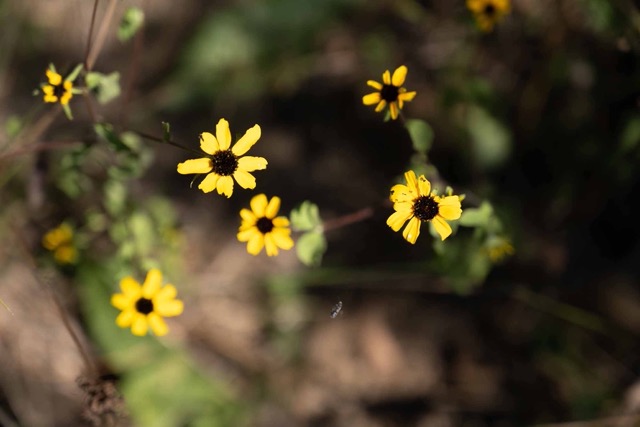
The Blue River Action Plan – Action Areas
- The Blue River Headwaters
-
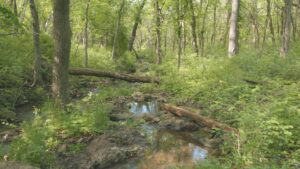
Total Area: 17,828 acres
Restoration Area: 3,000 acres
Habitat: Ephemeral Streams
Focal Species: Redbelly Snake
- Blue River Parkway
-
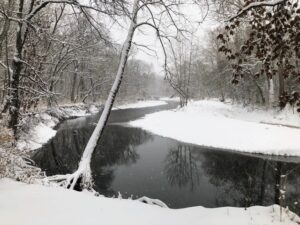
Total Area: 993 acres
Restoration Area: 40 acres
Habitat: Healthy riparian corridor and floodplain
Focal Species: Pawpaw
- Alex George Wetland at Blue River Parkway
-
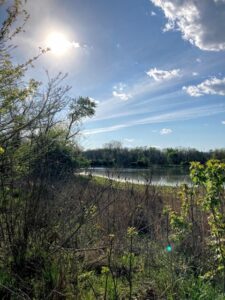
Total Area: 1,416 acres
Restoration Area: 60 acres
Habitat: Bottomland forest and wetland
Focal Species: American Beaver
- Marlborough
-
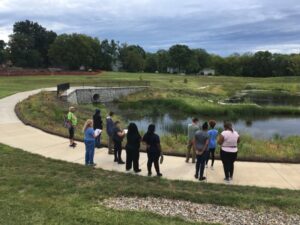
Total Area: 2,810 acres
Restoration Area: 10 acres
Habitat: Wetland
Focal Species: Monarch Butterfly
- Swope Park
-
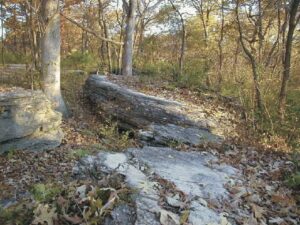
Total Area: 1,738 acres
Restoration Area: 25 acres
Habitat: Upland woodland
Focal Species: Prothonotary Warbler
- Municipal Farm
-
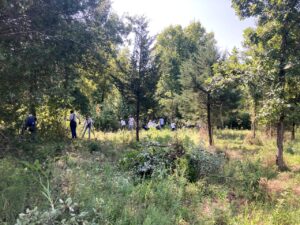
Total Area: 1,393 acres
Restoration Area: 35 acres
Habitat: Bottomland woodland and wetland
Focal Species: Tri-color bats
- Heart of the City
-
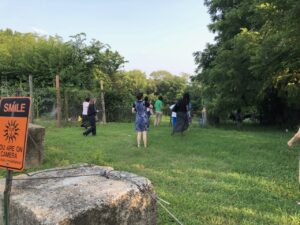
Total Area: 1,731 acres
Restoration Area: 65 acres
Habitat: Urban forest
Focal Species: Ruby throated hummingbird
- Blue Valley Park
-
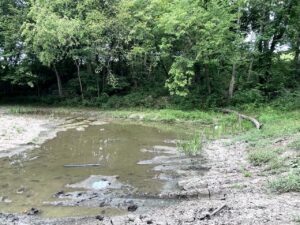
Total Area: 2,464 acres
Restoration Area: 65 acres
Habitat: Oxbow wetland and riparian forest
Focal Species: Red-eared slider
